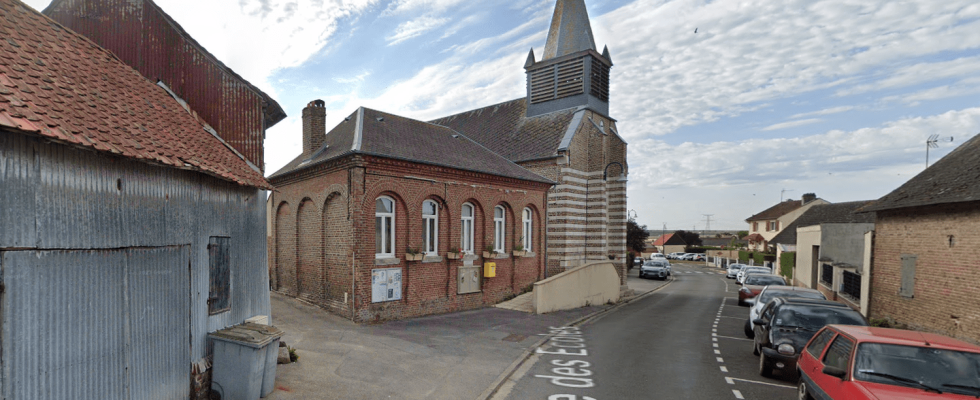The Hauts-de-France Regional Health Agency contacted the national public health agency to “determine whether there actually exists a statistical excess of diseases in the observed population” and, if so, the reasons for this excess. .
Published
Reading time: 1 min

Public Health France was contacted by the Hauts-de-France Regional Health Agency (ARS) after the death of five people suffering from Charcot’s disease in two streets in the village of Saint-Vaast-en-Chaussée (Somme) , north of Amiens. “Five cases of residents, living in the same street or in a perpendicular street for one of them, having contracted the disease between 2007 and 2022” have been confirmed, the ARS stressed to AFP. The institution clarified that it was not aware “other cases reported in the municipality”.
The ARS contacted the national public health agency to “determine whether there is in fact a statistical excess of diseases in the observed population” and, if this excess exists, “to determine whether there are one or more local causes for this grouping of cases, other than chance, on which it is possible to act”, Public Health France told AFP, confirming information from Picard mail. At this stage, “investigations are ongoing” and have “first of all, the objective is to carefully document the cases”stage “essential” to the investigation of the cluster.
“Unusual” situations of grouped cases
Amyotrophic lateral sclerosis (ALS), another name for Charcot disease, causes progressive paralysis of the muscles, creating a state of confinement in the patient, and generally causes death within three years. To date, there is no effective neuroprotective treatment. Some situations “unusual” of clustered ALS cases “have been reported to Public Health France over the last 10 years, without it being possible at this stage to hypothesize a common cause for the different cases”.
For Pierre-François Pradat, neurologist at the Pitié-Salpêtrière hospital (APHP) and co-president of the scientific council of the Association for Research on ALS (ARSLA), the clusters are “frequent” and linked to “chance”, he puts things into perspective with AFP. According to him, five cases since 2007 “this is not a gigantic excess incidence given a disease that is still quite common”, he adds, specifying that the disease was of genetic origin for 10% of patients.
